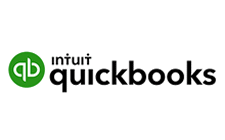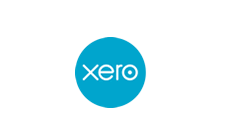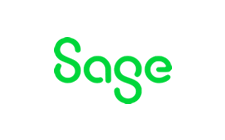Employers' NI rate hike: mitigating the extra cost
The news that employers' NI is to increase next year was all but known before last week's Budget. However, there were some unexpected "ifs" and "buts" to consider too. What's the full story?
-
Gift relief to be "modernised"
A restriction on gift holdover relief will be reformed in 2026. This will affect gifts of certain shares, so what's the full story?
-
Government rushes through NI cap on pension salary sacrifice
The government has already drafted legislation to impose a £2,000 limit on NI exempt pension contributions under salary sacrifice arrangements. What else do we know?
-
Sneaky change is a blow for side hustles
With most of the media focused on the headline-grabbing announcements from the Budget, a read of the published small print reveals another change coming in 2029. It’s bad news if you are an employee with a side hustle, but what’s going on?

Budget announcement
With all the hype before the event, it was no surprise that employers’ NI was the Budget’s main target for raising revenue. However, this was far more than just a rate increase, and the ramifications will cause ripples for years to come.
Increase in rates
First off, from 6 April 2025, the rate of employers’ NI will increase from 13.8% to 15%. This rate applies to Class 1A NI, payable on benefits in kind, and Class 1B NI on PAYE settlement agreements.
Decrease in threshold
However, the real kick in the teeth for employers is the change to the point at which employers’ NI starts being payable from 6 April 2025. The current threshold of £175 per week (£9,100 p.a.) will decrease to just £96 per week (£5,000 p.a.). To put some flesh on this, for a worker on a £175 weekly wage, the change generates an additional charge on the employer of £615. On an average full-time salary of £35,000, the extra burden is £926 p.a.
Employment allowance
Cushioning the damage is the employment allowance (EA), which reduces the employer’s NI bill. From 6 April 2025, the EA increases to £10,500 p.a. Crucially, from the same date the EA is also made available to all eligible employers (irrespective of size) as the qualifying condition requiring an NI liability below £100,000 is removed. While the EA is a drop in the ocean for larger employers, it will at least offer much needed solace for smaller businesses and charities. There are many exclusions from the EA.
Even though employers’ NI is a tax-deductible cost it will hit business profits. Coupled with the statutory rise in the national minimum wage rates, this is a double whammy for smaller employers. While some may pass the costs to customers via increased prices, this won’t be possible for all employers.
Solutions
To pre-empt the NI hike, accrued bonuses should be paid before April 2025 if finances allow. For single director shareholder companies, extracting profit via dividends rather than salary will save employers’ NI. Going forward, future workforce budgets will need to incorporate the increased NI burden which may result in more modest pay rises.
Salary sacrifice (optional remuneration arrangements) will save employers’ NI as the employee receives an alternative, such as pension contributions or free childcare, in lieu of a reduced salary.
To assist cash flow, the smallest employers, whose average monthly PAYE is below £1,500, can arrange to pay their PAYE/NI quarterly by phoning the Employer’s Helpline on 0300 200 3401.





 This website uses both its own and third-party cookies to analyze our services and navigation on our website in order to improve its contents (analytical purposes: measure visits and sources of web traffic). The legal basis is the consent of the user, except in the case of basic cookies, which are essential to navigate this website.
This website uses both its own and third-party cookies to analyze our services and navigation on our website in order to improve its contents (analytical purposes: measure visits and sources of web traffic). The legal basis is the consent of the user, except in the case of basic cookies, which are essential to navigate this website.